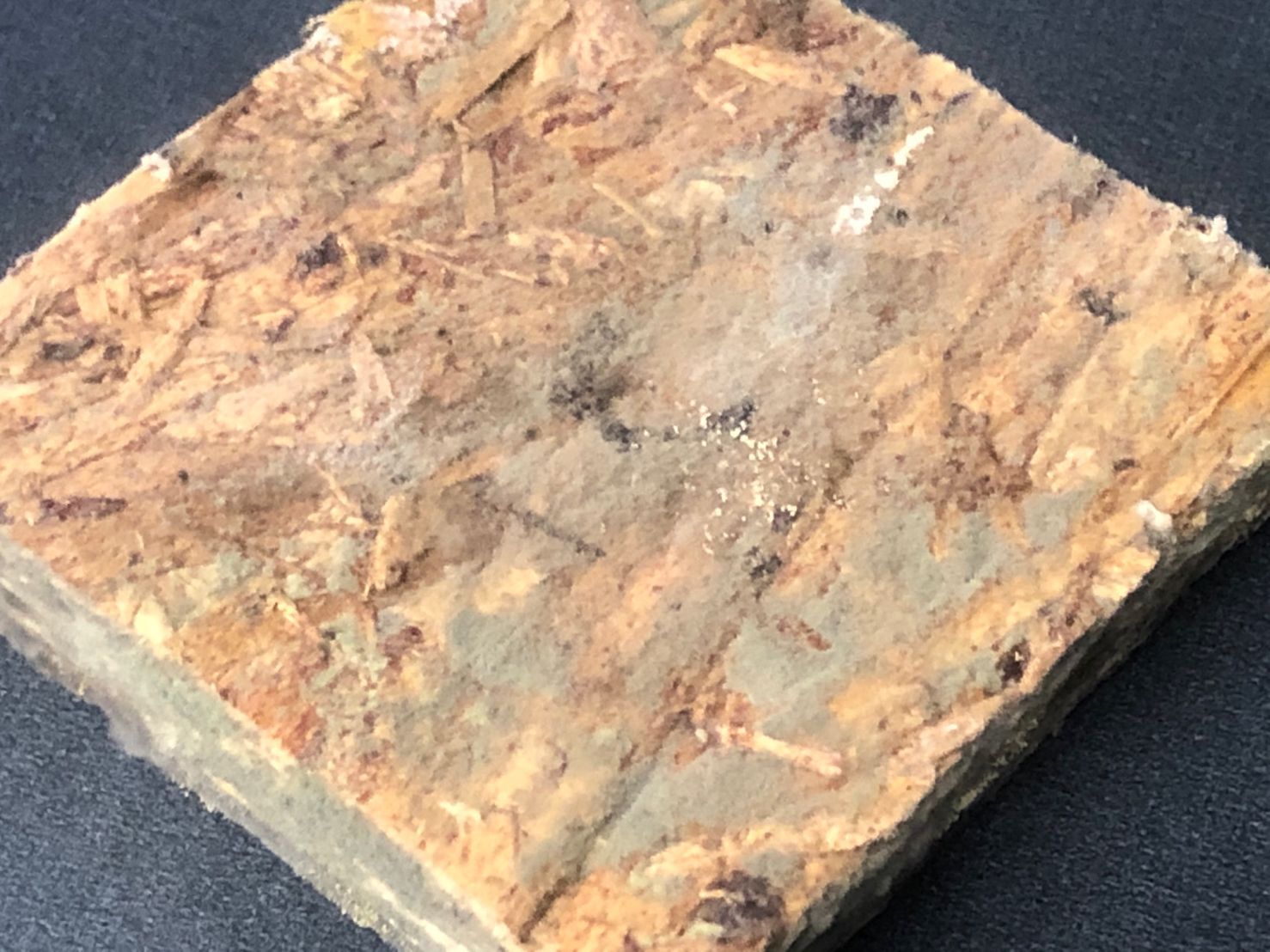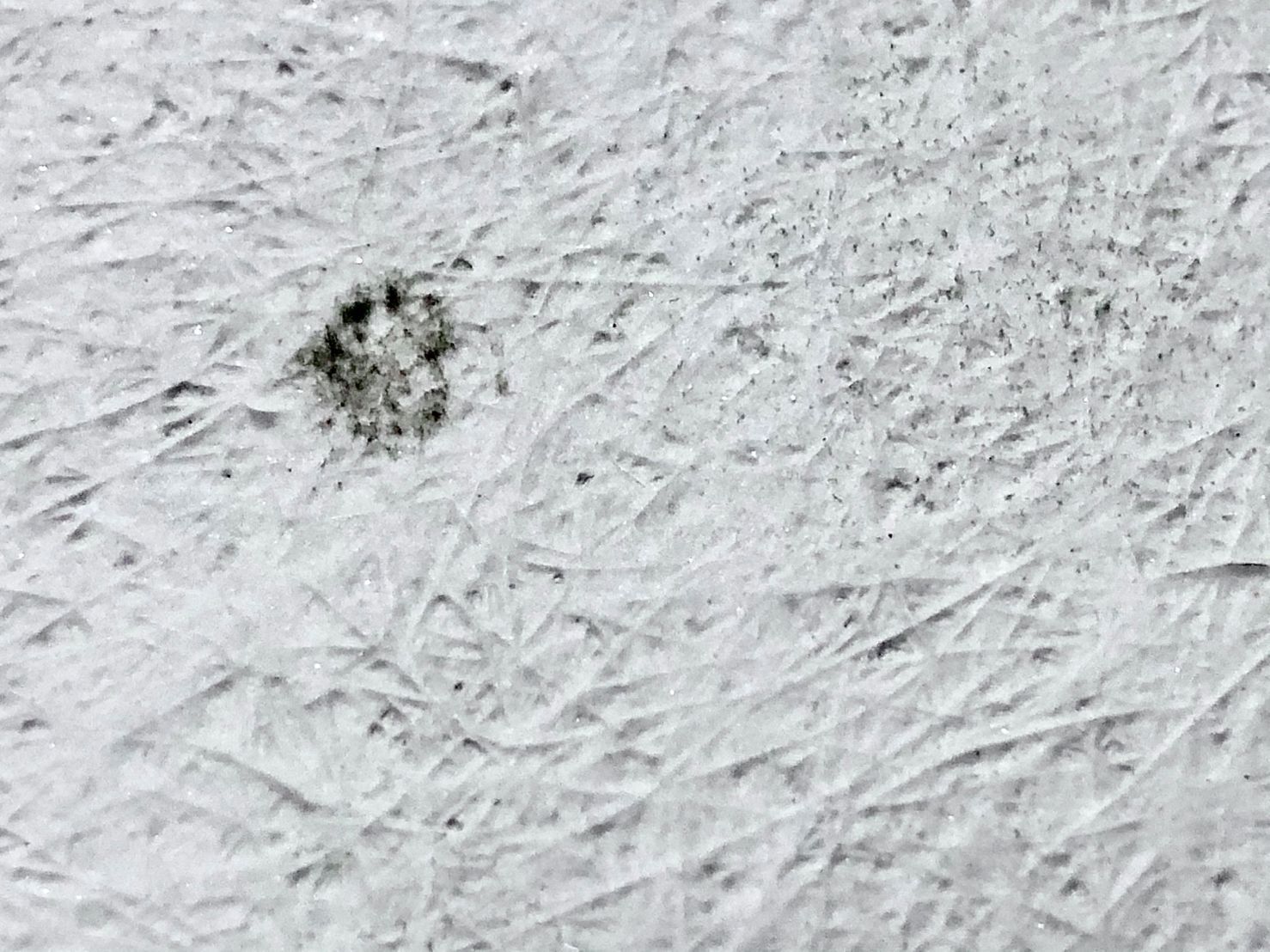Tags: #ASTM #buildingdurability #buildingmaterials #buildingproducts #buildingscience #materialsscience #mgo #mycology



The ubiquitousness of fungal propagules and what it means to real-world degradation.
Translation – Fungi are found virtually everywhere. Their spores and cell fragments are an integral part of the things we touch, the air we breath, and even the food we eat. It is therefore no surprise to find them on and within building materials – naturally.
Determination of microbial/fungal resistance on building materials relies on methods such as ASTM G21 (synthetics/polymerics), C1338 (insulation and facings); D3273 (paints and coatings); D5580 (paints and coatings). They all have one thing in common – they use a fungal inoculum – a suspension of fungal spores and cells introduced directly or indirectly to the test specimen. The test duration is typically 28 days at 80-95% RH. Detection is determined visually with or without microscopy.
But even without an inoculum, fungal growth may still occur. Here I compare fungal resistance of various materials at 15 days (OSB – very low resistance); 30 days (coated glass may facer – moderate resistance) and 60 days (magnesium oxide – very high resistance). All samples were maintained at approximately 85-90% RH.
The ubiquitousness of fungi and their ecological diversities demonstrate that assumptions regarding microbial resistance may not always hold true. Nature is about the exception, not the norm. Infinite shades of grey. And the solution is the same as I promote for other aspects of durability and performance – increase test rigor, test resolution, and test duration.